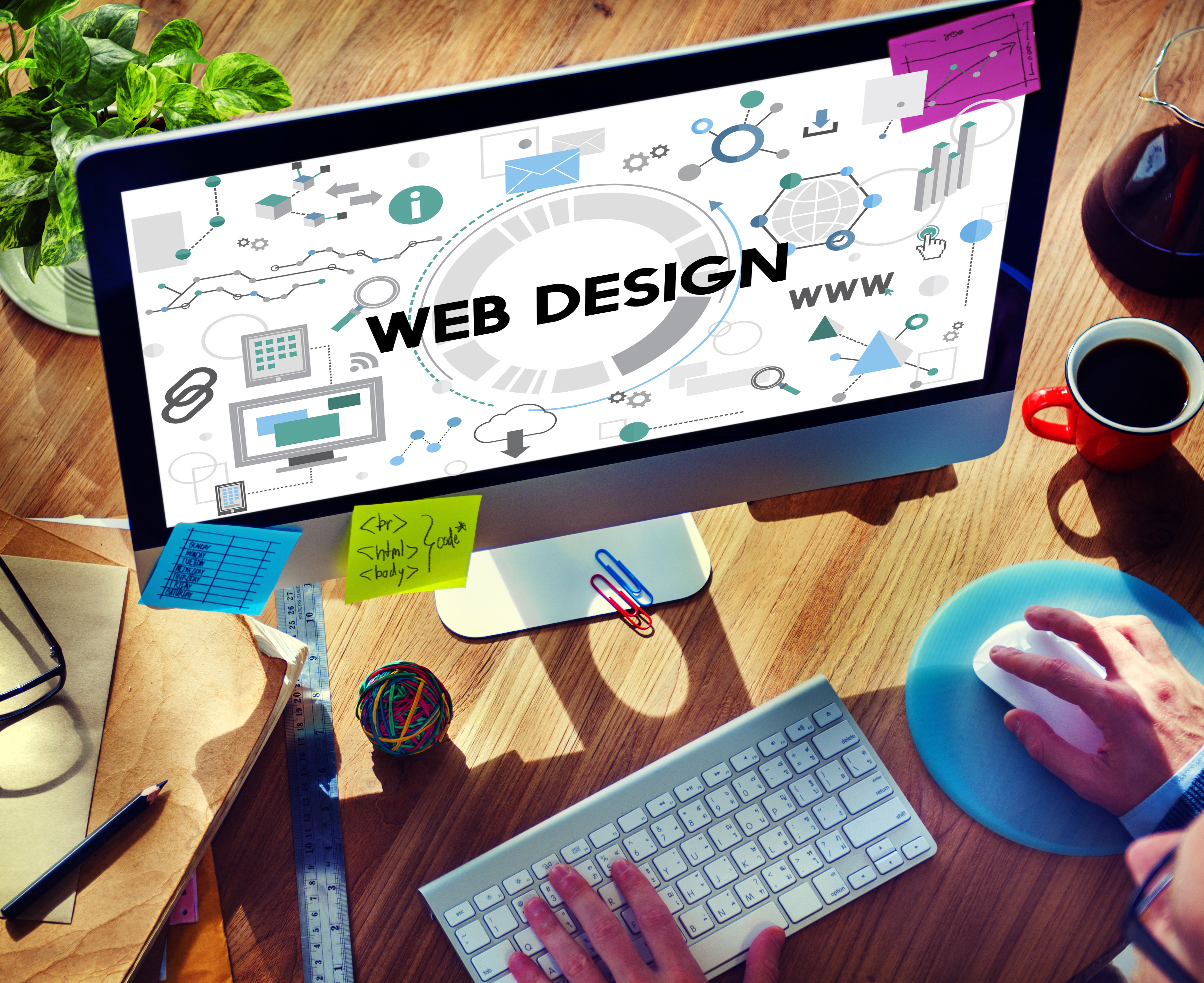info@sadi.co.ke
+254727368241
Motion graphics have become a core element of modern digital design, bringing life and interactivity to websites and apps. In 2025, the evolution of motion graphics is shaping not just aesthetics but also user experience, storytelling, and brand engagement.
1. From Static to Dynamic Interfaces
Where once websites relied on static imagery, motion graphics now provide fluid transitions, hover effects, and dynamic animations that guide users seamlessly through digital spaces. This shift enhances navigation while keeping users engaged.
2. Micro-Animations for Better UX
Small, purposeful animations—like buttons that bounce when clicked or icons that change as users interact—make digital platforms feel more intuitive. These subtle details improve usability by providing feedback and reinforcing user actions.
3. Storytelling Through Motion
Brands are increasingly using motion graphics to tell compelling stories. Animated illustrations, scroll-triggered animations, and immersive video backgrounds allow businesses to communicate values and messages in visually engaging ways.
4. Accessibility and Performance
Today’s motion design also balances creativity with accessibility. Designers are focusing on inclusive animations—avoiding overstimulation while offering controls for users with sensitivities. With lighter coding frameworks, motion graphics now load faster and work smoothly across devices.
Final Thoughts
Motion graphics are no longer just decorative; they are functional elements that improve user experience and strengthen brand identity. As technology advances, motion design will continue to evolve, making digital interactions more engaging, intuitive, and memorable.
 August 26, 2025 - BY Admin
August 26, 2025 - BY Admin